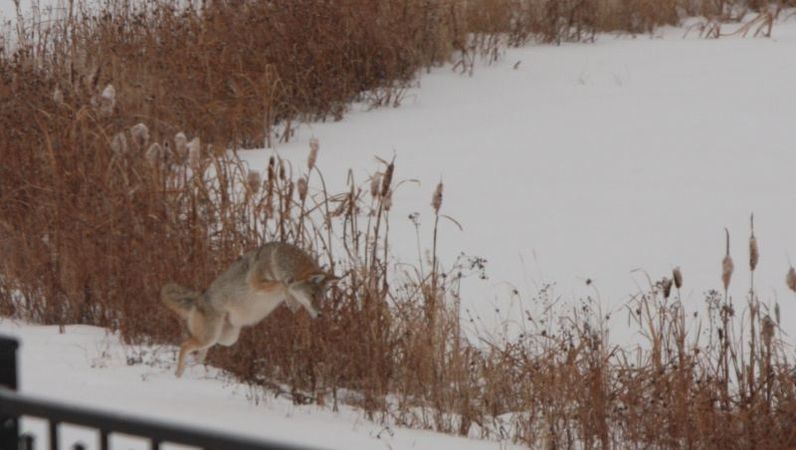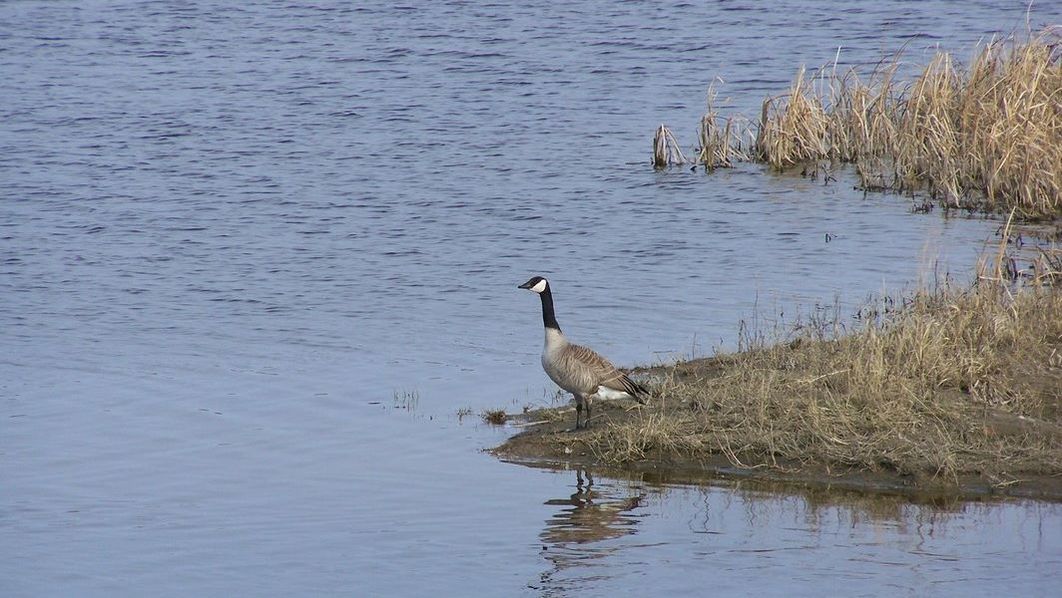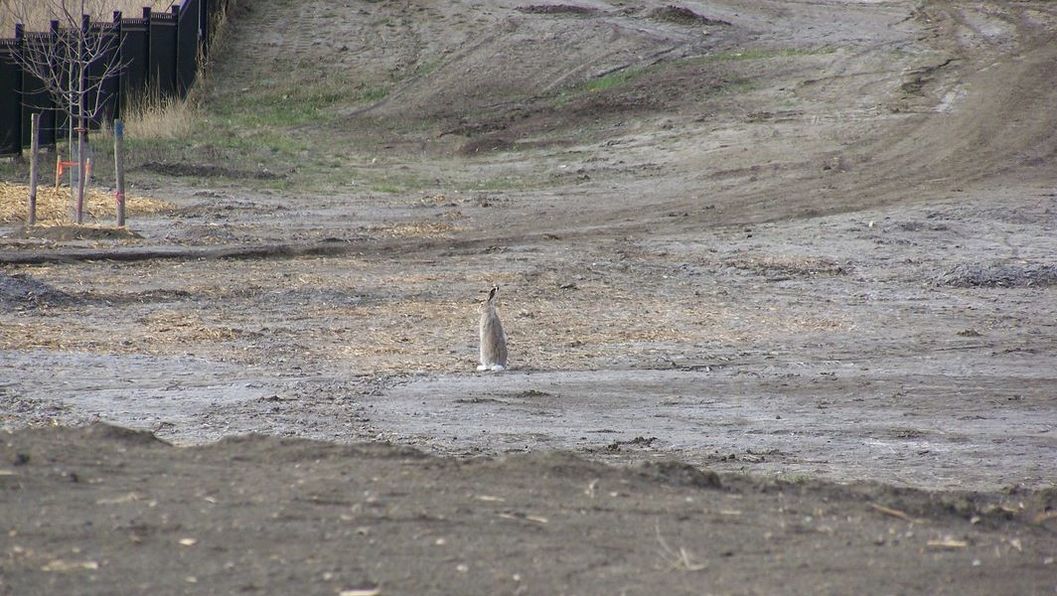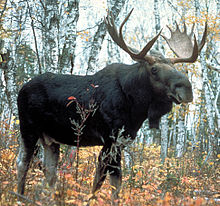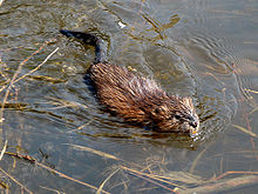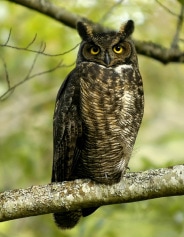Wildlife in our Community
|
The ability to maintain a large wetland complex, nature trails and wildlife corridors in a large city is a great achievement and is likely one of the reasons you and your family decided to make the Rosewood community your home.
The beauty of nature just steps outside your door is a nice break from the daily grind. The ability to take a walk even for just a few minutes in a natural setting, listening to the sounds of nature, with the possibility of seeing wildlife within the city, is something that everyone can enjoy no matter what your age may be. Rosewood consists of numerous green space corridors, parks, as well as having the Hyde Park naturalized conservation area on our doorstep. While enjoying these areas in our community you may encounter wildlife. As such, always remember to keep your distance from any wild animals you may come across, as they may be unpredictable. Also, never feed wildlife so they do not become dependant on humans and potentially become nuisance animals. In consideration of other greenspace users and the City of Saskatoon by-laws, please remember to keep your pets on leash. This will reduce potential pet/wildlife interactions. If you want your pet to run free then stop by the fenced in off-leash Hyde Dog Park located along Boychuk Drive on the western portion of Hyde Park. |

